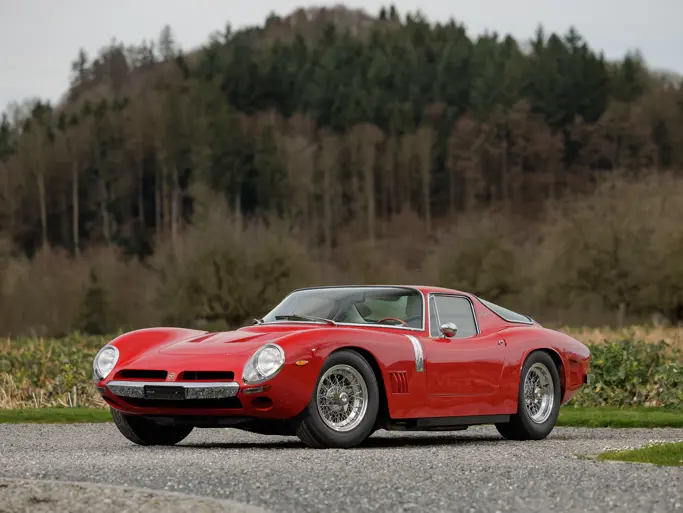The Bruce Weiner Microcar Museum
1958 Zündapp Janus
{{lr.item.text}}
$51,750 USD | Sold
 | Madison, Georgia
| Madison, Georgia
{{internetCurrentBid}}
{{internetTimeLeft}}

A rare “double-ended” microcar with remarkable engineering advancements.
SPECIFICATIONS
Manufacturer: Zündapp-Werke GmbH
Origin: Nürnberg, Germany
Production: 6,902
Motor: Zündapp 1-cyl, 2-stroke
Displacement: 248 cc
Power: 14 hp
Length: 9 ft. 4 in.
Identification No. W3571
In the first decade after World War II, the long-established firm of Zündapp, in Nürnberg, was offering a large palette of two-wheelers ranging from motorized bicycles to heavy motorcycles. In 1954, it was becoming evident to management that the increasingly sophisticated population wanted more serious transportation and that the motorcycle industry was in decline.
They concluded that they could not afford a lengthy development process, so they would look at outside help. The efforts of Kroboth and Brütsch were deemed too primitive, but Fuldamobil’s three-wheeler looked promising. A license was purchased, but once the car was studied by Zündapp’s technicians, the license was returned. The solution would be the double-ended microcar of Claudius Dornier, the license for which was purchased, and the prototype was shipped to Nürnberg. It was named Janus for the Roman god who faced both ways.
The skilled development department went about refining the Dornier design. First of all, the top-hinged butterfly doors were replaced by Isetta/Heinkel style side-hinged ones. Iso had patented the angle of the door and the hinged steering wheel, so these had to differ. Extensive research and development work went into the independent long-travel strut-type suspension, as well as the braking system with anti-dive characteristics and drums with cast-in “turbo-cooling” scoops. The only suitable motor for the moment would be one that fitted to the Bella 201 scooter, with an eye to the economical 250-cubic centimeter licensing category. It was centrally located, and much would be made of the fact that “it wasn’t in the way” like in other cars. One could also perform routine work on it in dry, perfect comfort. This layout afforded a large, useful interior space, which was further enhanced by both the seats folding flat to form a bed.
Production began comparatively late in June 1957, after another redesign to lighten the car by substituting Plexiglas side windows and after failed negotiations with Fiat for their 600 motor. The car was praised for its excellent suspension and handling, which set new standards of comfort for small cars. But sales fell far short of expectations, and it was sold for only a year and a half. This particular Janus is consequently extremely rare and sought-after among today’s microcar enthusiasts. Rarely do such Zündapps become available publicly, particularly in such exceptional condition, as it has been fully and professionally restored to factory correct specification. It remains a superb example throughout.
















